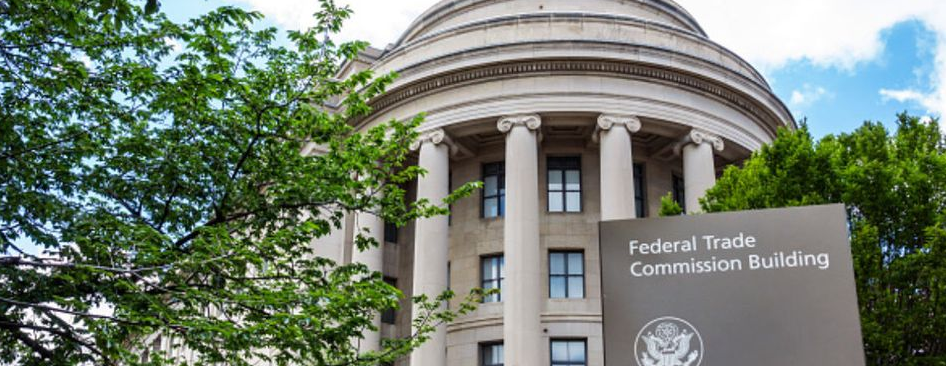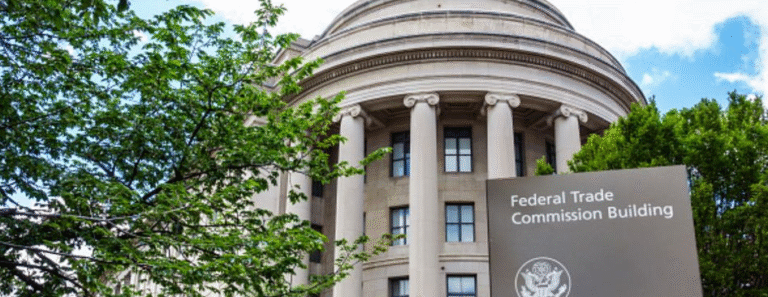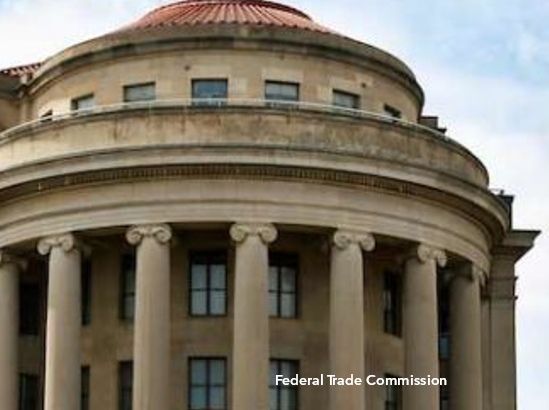The Federal Trade Commission (FTC) issued a new staff paper in conjunction with their open Commission meeting that recommends that advertisers, social media influencers, and others who market or promote products online to children should avoid blurring advertising by clearly separating advertising and entertainment, educational, and other content to help limit potential negative effects to children. The paper stresses that for younger children, in particular, disclosures are unlikely to be effective.
The document detailed some of the main takeaways from an October 2022 workshop, Protecting Kids from Stealth Advertising in Digital Media, that the agency held to examine how “blurred” advertising online and in digital spaces makes it difficult for children to distinguish between advertising and other content.
The workshop and solicited public comments made clear that there is no single approach that is sufficient to address the likelihood that children will be harmed or deceived by blurred advertising. Moreover, it is unreasonable to place the burden entirely on parents to constantly monitor their children’s online interactions.
To the extent that advertisers engage in blurred advertising in spite of the inherent risks, FTC staff recommends five practices to help mitigate potential harm:
- Do not blur advertising. The best way to prevent harm stemming from blurred advertising is to not blur advertising. There should be a clear separation between kids’ entertainment and educational content and advertising, using formatting techniques and visual and verbal cues to signal to kids that they are about to see an ad.
- Provide prominent just-in-time disclosures. Such disclosures should be provided when the product is introduced and should be provided verbally and in writing and explain the commercial nature and intent of the message. Marketers, however, should not rely on disclosures alone.
- Create icons to flag advertising. Stakeholders should work together to create and use an easy-to-understand and easy-to-see icon to signal to kids that money or free things were provided to the content creator to advertise the product.
- Educate kids, parents, and teachers. All stakeholders should look for ways to educate kids, parents, and educators about how digital advertising works and help kids recognize and evaluate it wherever it appears. Education could also play an important role in helping promote and support the use of an icon to help kids identify ads.
- Platforms should consider policies, tools, and controls to address blurred advertising. Platforms should consider requiring content creators to self-identify content that includes advertising through policies and tools while also offering parental controls that allow parents to limit or block their children from seeing such content.
In order to avoid potential liability or FTC enforcement actions, agencies and their clients should review the report’s recommended best practices and the CARU Advertising Guidelines to ensure that advertising content directed to children and teens is not deceptive, unfair, or inappropriate for its intended audience.
Importantly, the FTC report stressed that none of these practices alone is necessarily sufficient, and companies that engage in blurred advertising can be held liable under the FTC Act if their conduct is deceptive or unfair to children, voting 3-0 at their September 2023 open Commission meeting to approve the staff perspective and the staff’s recommendations.
The FTC has a long history of protecting children from unfair and deceptive marketing practices. In doing so, the FTC has recognized the special nature of the child audience. Continued scrutiny of advertisers engaging in digital advertising to children is expected, as are ongoing enforcement actions in this area.
Similarly, Congress is also responding to what it perceives as growing concerns around safeguarding the well-being of youth online. Just before the August recess, two children’s online safety and privacy bills – S. 1418, the Children and Teens’ Online Privacy Protection Act (COPPA 2.0) and S.1409, the Kids Online Safety Act (KOSA) – passed unanimously out of the U.S. Senate Committee on Commerce, Science and Transportation. These bills previously passed out of Committee in the 117th Congress but failed to progress to the Senate floor. If Congress takes up privacy legislation in the 118th Congress, experts believe children’s privacy bills are the most likely to be enacted.
Have questions about the FTC’s new staff paper on “blurred”or stealth online advertising to kids, please contact Jim Potter, CHC Executive Director at [email protected].




